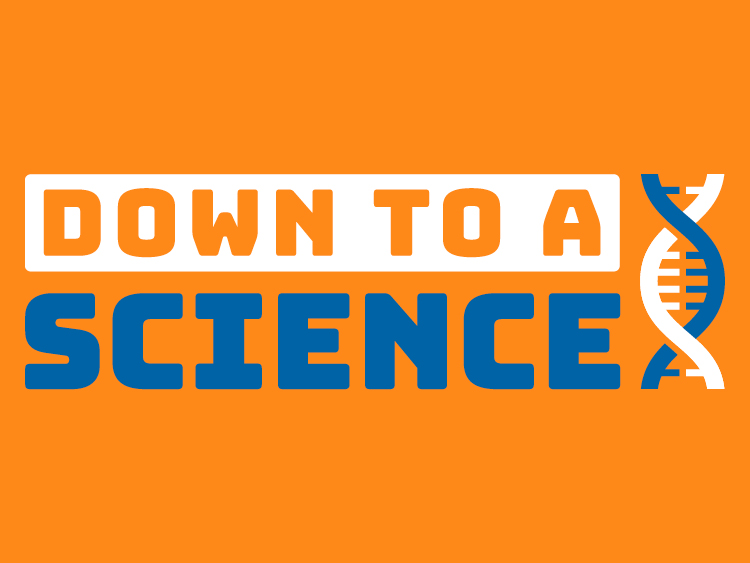The habitats of Southern New England have been changing dramatically since the arrival of Western Europeans. The transfer of materials and species both decorative and functional, intentionally or accidentally, began on a scale and speed unprecedented in our planetary history as recorded in the fossil record. I say materials and species because the transfer of building materials and tools often means the transfer of pathogens and parasites hidden within them, like woodworms in a piece of furniture or mussels on the hull of a ship. With novel ways to survive and defend themselves, some new species found new bountiful places to grow and expand their populations. Prior to the advent of human driven global trade, each local habitat was like a small town with a local general store. Human globalization was the internet that suddenly caused every general store to be competing with every other seller on the globe (many with novel strategies like 2-day free shipping!).
The worst invasive species have a combination of the following characteristics: particularly fast growth, expansive reproduction, tolerance of many different climates, a level of toxicity to native wildlife, and an ability to outcompete native species for the same or similar resources. Because many of the species most affecting southern New England have been here for decades, we often think that what we are seeing is a natural process. Truly, what we are seeing is the result of the seeds that have been sown for years and generations before us. Oftentimes the problem is only noticed when it is severe. There are steps we can take to better safeguard our native habitats and in doing so preserve the wonderful wildlife species that rely on those habitats.
The tool I want to highlight first is your strongest ally: winter. With a distinct “non-growing” season, New England has a time of the year when we can see through the foliage into thickets and hedgerows on the edges of properties to see plants that make them up. The winter also provides opportune time to cut away thick material without oppressive heat or being crowded by small plants. Running the string trimmer or breaking out a pole-saw or loppers for a couple of hours on a snow free weekend in January or February could save you weeks of a sore back in the prime fun time of summer. The added psychological benefit of dusting off the hibernation body and getting outside to flex some muscle is a satisfying bonus.
The second tool you have in your arsenal is your own power of observation. Get to know the plants and the cycles of your space throughout the year. Ask yourself questions about your space like these: When in the spring does that side of the yard grow leaves? When do those plants grow flowers or go to seed? How are the other plants affecting the ones I want to keep? What are some of the characteristics of this fast growing vine? By focusing your observation on these key questions you can begin to construct a plan for the year and years to come as to how to combat the invasion of your space. Noticing when a plant is about to flower or go to seed will allow you to cut them back before they have a chance to reproduce making the next time far easier. Your keen observations are crucial because many invasive vines and shrubs are dormant through the winter. Yes, they are harder to identify at this time, but they are also much easier to remove or treat. When cut in winter, the plant has much less strength for the coming spring. Seasonal cutting works great for some species, but not for all. Many annual plants have different modes of surviving the winter that may keep them hidden from sight of sickle; this is where your third tool comes in.
The third and final tool that you have at your disposal is a wealth of resources and expertise. The CT Department of Energy and Environmental Protection (DEEP) and many non-profit organizations have resources, classes, and consultations that you can take advantage of to better get to know your space, situation and what a path forward looks like. Their knowledge will lead you to understand your space with far greater detail and allow you to properly identify all your pest plants and tailor your methods appropriately. These local experts have been fighting this fight on the properties that they manage for decades and their experience dealing with the specifics of your area can be illuminating. For example a coastal cottage in Clinton, CT might need to have a different strategy for dealing with Multiflora Rose than a mountain top cabin in North Canaan, CT. The different climates of the two areas can cause the same species to look drastically different.
Just this spring I’ve used the following resources to stop the Bittersweet in its tracks, tagged priority invasive trees for firewood, and planned my timing to string trim the Japanese Barberry. Keep in mind, you may be battling these plants for years, but by working together we can limit their take-over of our native habitats and rehabilitate and restore our spaces better than how we found them. Our presence on this planet will be only for our lifetime; the impact that we have will last generations. The value of removing invasive species from your space and choosing to plant native species over non-native species will be seen immediately, next year, and for years to come. Now get out there and get some ecologically beneficial exercise!
Here are some general resources:
- UCONN Invasive Plant Working group: what makes a plant invasive?
- The Connecticut Forest and Park Association printable has great photos as well as information about the plants and their impacts on habitats
- The Invasive Plant Atlas of New England’s (IPANE): A smartphone based citizen science initiative to identify and track the locations and spread of invasive species.
- CT DEEP site and CT State statutes:
- Native Plant Trust Plant Finder: plug-in your conditions and get a list of native plants that you could select and their benefits to wildlife.
For those who want to dive deeper into this topic and/or research:
- Using better understanding of ecological science to leverage biological controls against invasives:
- Using Native plants for wildlife:
- Native species are more nutritious for native wildlife:
- Impacts not Origins should based opinions and strategies around invasives:
Stay connected! Be sure to subscribe to Down to a Science— The Official Blog of the Connecticut Science Center and follow us on social media.

Bryan Avery has been working as a STEM Educator at the Connecticut Science Center for 3 years. He develops and facilitates student programming in our labs as well as traveling programs. He holds degrees in Geology and Parks and Natural Resource Management from Hartwick College and Slippery Rock University. Creating exciting new ways for students to interact and engage with STEM is his professional passion. He has a flare for delivering shows to crowds as well as working one-on-one where he pushes students to think deeper and make connections between STEM, their lives, and their community. On his time off, he enjoys playing disc golf, guitar, and being outdoors.



